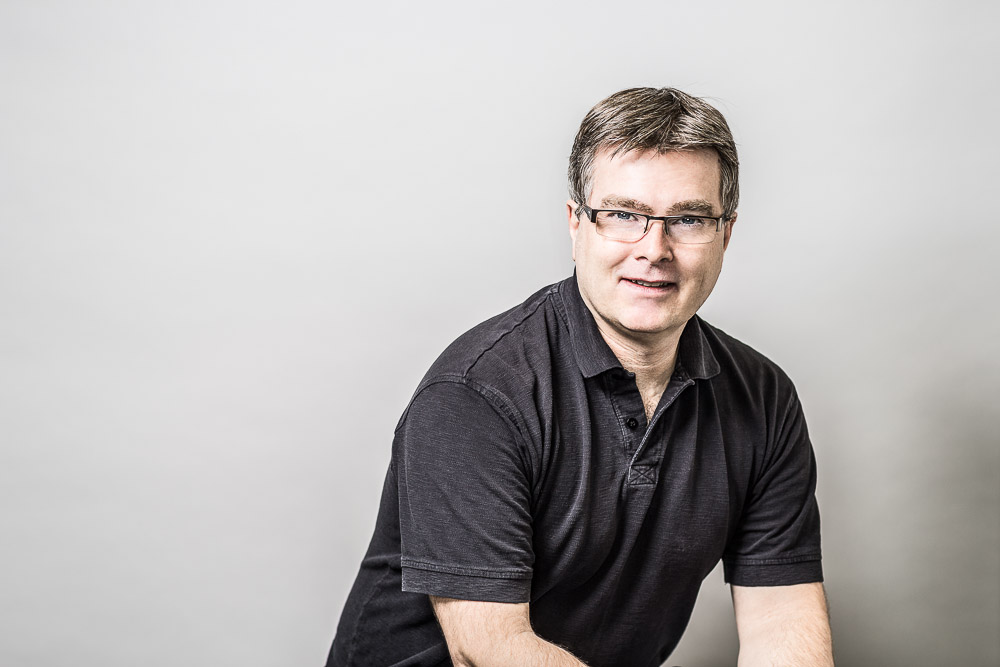Professor Mike Daly Featured in CBC Article as Lead Scientist on NASA Spacecraft
Tags:

Article originally published on CBC.ca.
On Tuesday, NASA’s OSIRIS-REx mission will make history as it attempts its first collection of material from an asteroid to be returned to Earth in 2023.
The spacecraft — which arrived at the asteroid Bennu in 2018 — will conduct a touch-and-go manoeuvre, also referred to as TAG. This crucial part of the mission was made possible in part by Canadian technology, specifically the Canadian Space Agency’s OSIRIS-REx Laser Altimeter (OLA), which mapped the surface of Bennu in 3D. The asteroid lies roughly 332 million kilometres from Earth.
Lassonde Professor Mike Daly, is OLA’S lead instrument scientist. Daly has been working on the instrument for 12 years and is very pleased with the amount of detail and precision it was able to provide.
“When I was thinking about what this instrument had to do and what it was — how it would perform — we had a much smoother Bennu, a much more boring Bennu in mind,” said Daly, who is also a professor at York University’s Lassonde School of Engineering in Toronto. “So when you see the detail that came out of this instrument, it’s just unbelievable. It blew us all away, honestly.
“It’s going to be owned by Canada, and so we’re going to be able to make these samples available for generations and generations of Canadian scientists,” he said. “So, we’re basically enabling the next 50 to 100 years of discoveries based on these samples.”
It will take roughly 18.2 minutes for a signal to be received from the spacecraft. However, while NASA expects to get confirmation that the manoeuvre took place on Tuesday, it won’t know for certain until Wednesday if material was successfully collected.
Read the full article on CBC.